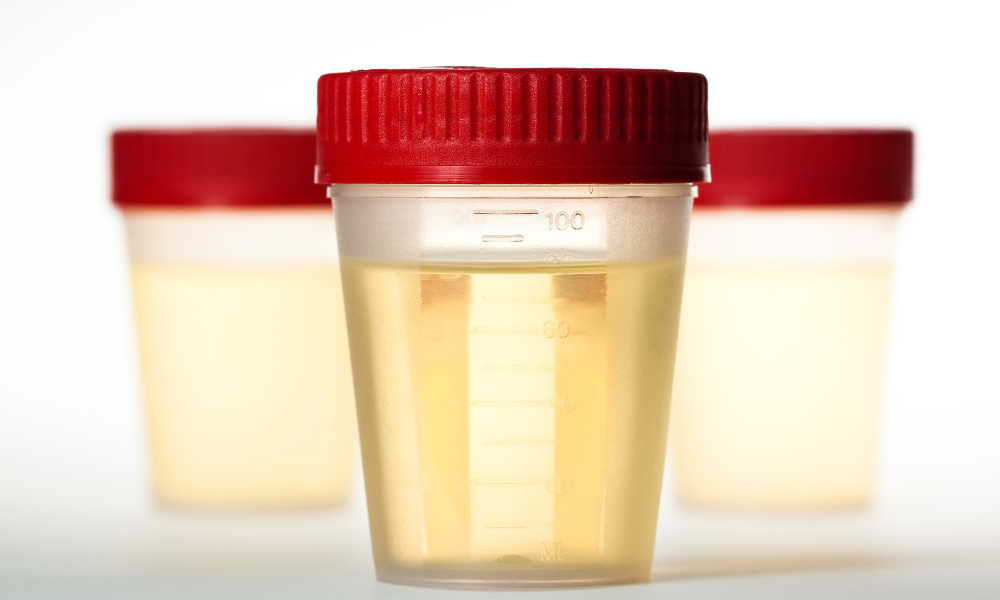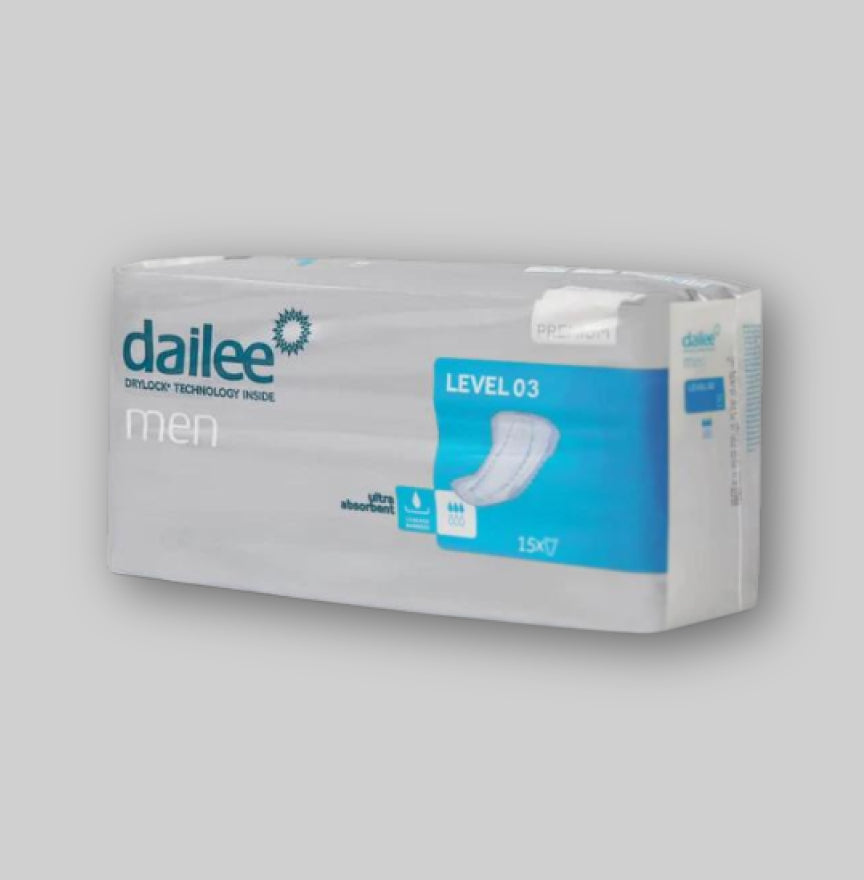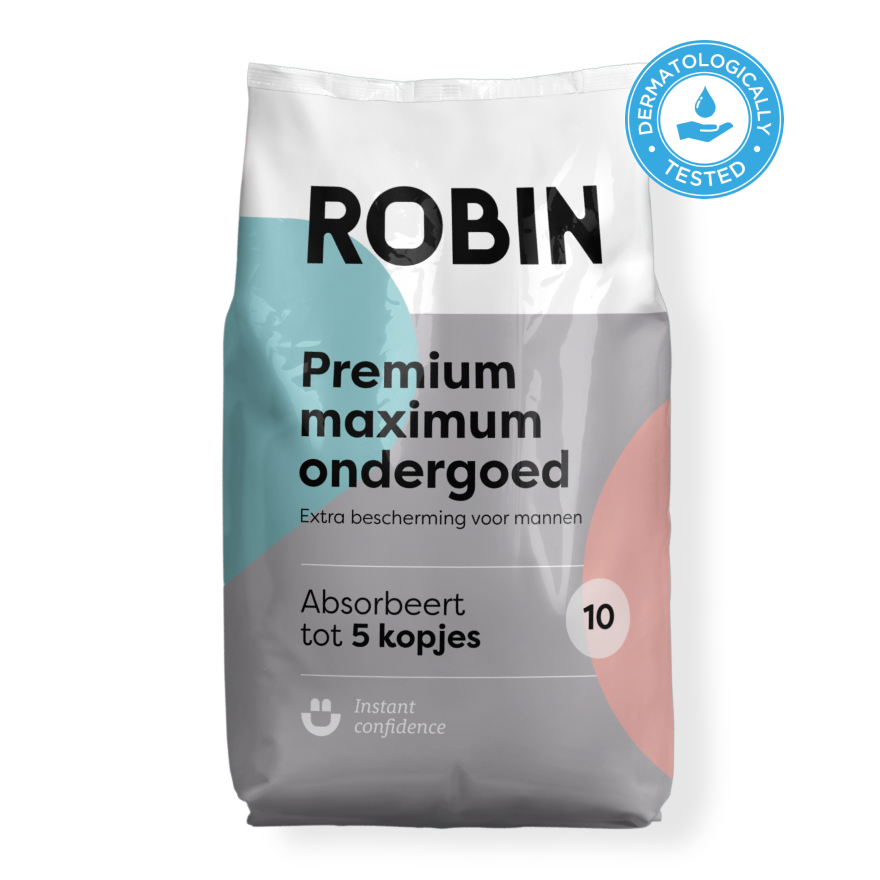The colour of urine can provide important insight into our health, with colourless urine often raising questions about the implications. In this blog, we explore what clear urine means, what the common causes are and when it may be a cause for concern.
Understanding Urine Color: A Window into Your Health
Understanding urine color is essential for recognizing various aspects of your health. The color of urine ranges from light yellow to deep amber and is influenced by factors such as hydration, diet, and overall health. The yellow hue is caused by urochrome, a pigment produced during the breakdown of hemoglobin. While clear urine is often associated with high fluid intake, it can also indicate potential health problems if it persists. By paying attention to urine color and its variations, you can gain valuable insight into your body’s hydration status and identify underlying medical conditions that may require attention.

What does colorless urine mean?
While staying well hydrated is good for your overall health, persistently colorless urine can sometimes indicate overhydration.
Symptoms of hyponatremia are caused by a dilution of electrolytes due to overhydration. This occurs when the sodium level in your blood becomes abnormally low. Symptoms of hyponatremia can range from mild to severe and include headache, nausea, vomiting, muscle cramps, confusion, seizures, and in extreme cases, coma.
Maintaining proper electrolyte balance is crucial for proper muscle function, nerve signaling, and fluid balance in and out of cells. Therefore, it is important to stay hydrated, but it is equally important to ensure that electrolyte levels remain balanced to prevent potential health complications.
The role of hydration
Hydration plays a crucial role in maintaining your overall health. Drinking enough water helps your body to eliminate waste effectively. It also ensures that your organs function optimally. Without enough water, your body cannot perform properly, which can lead to various health problems.
Is drinking too much water harmful?
While hydration is important, drinking too much water can be harmful. Excessive water consumption can lead to a condition known as water intoxication or hyponatremia. This occurs when the salt levels in your blood become too low due to excess water. Symptoms include headaches, nausea, and in severe cases, even coma.
Other Causes of Colorless Urine
Clear urine can also be a sign of underlying health conditions. For example, diabetes insipidus can lead to abnormal water balance, resulting in very colorless urine. It is important to seek medical advice if you consistently have unusually colorless urine without drinking more water than normal.
How do you know if you're drinking enough water?
A good way to check your hydration level is to look at your urine. Light yellow to clear or colorless urine is a sign of good hydration. Dark yellow urine usually indicates dehydration and the need to drink more water. Also listen to your body; thirst is a natural signal that you need more fluids.
Tips for healthy hydration
- Drink water regularly : Make sure you drink enough water throughout the day.
- Eat water-retaining foods : Foods like cucumbers, watermelon and oranges also help with hydration.
- Avoid excessive caffeine and alcohol : These can be dehydrating and negatively affect your hydration.
Conclusion
Colorless urine is usually a sign that you are well hydrated. However, it can also indicate other health problems if it is accompanied by unusual symptoms. Make sure to balance your water intake and pay attention to your body's signals. Always consult a doctor if you have any doubts about your health.



















